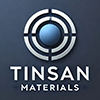Showing 61–64 of 64 results
-
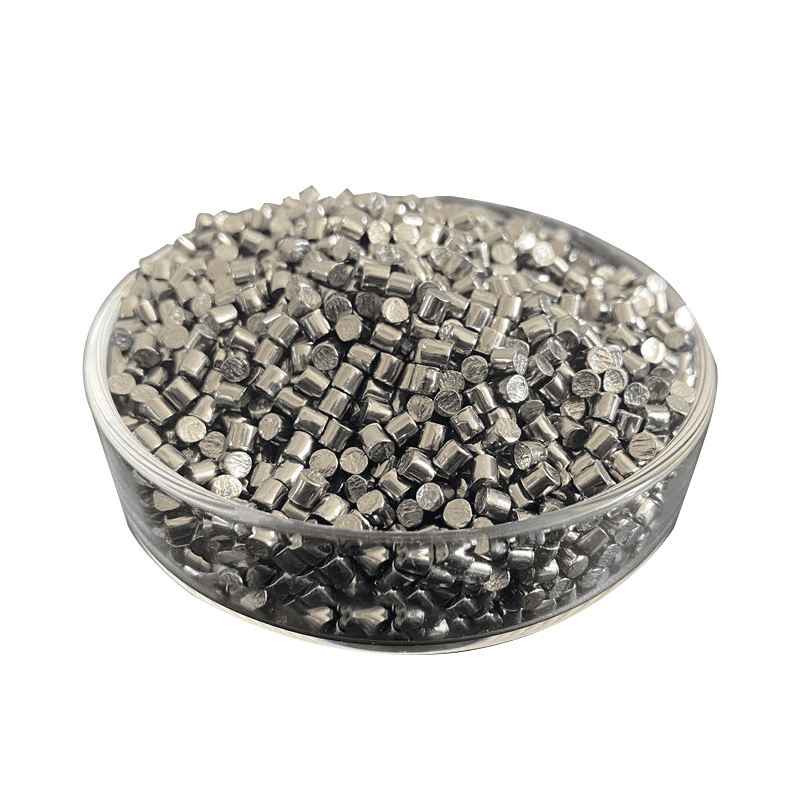
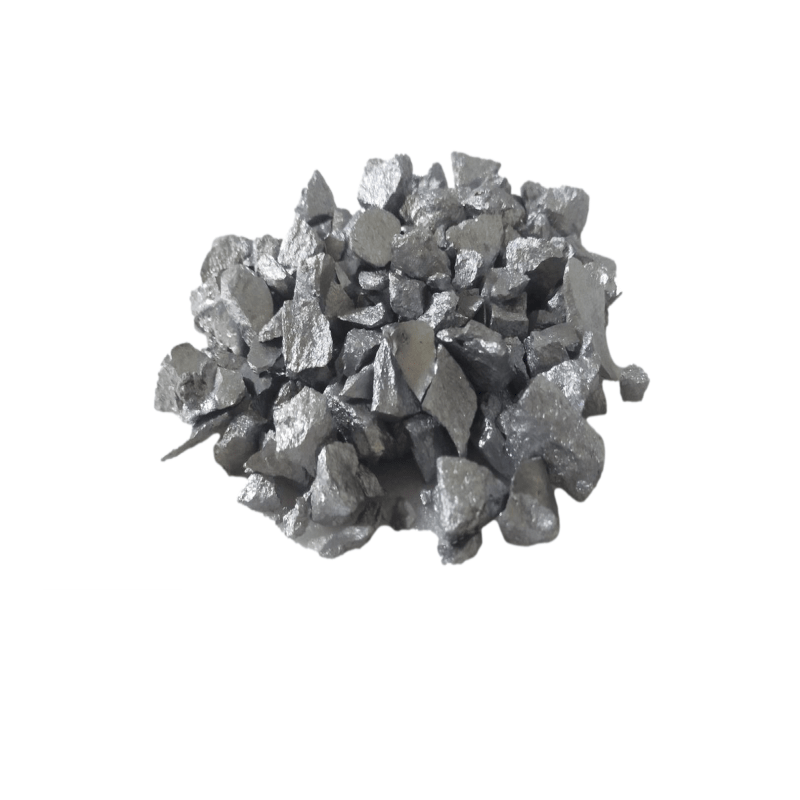
- High Strength-to-Weight Ratio: Ideal for lightweight and robust components.
- Excellent High-Temperature Resistance: Retains strength at elevated temperatures.
- Oxidation and Corrosion Resistance: Prolongs material lifespan in harsh environments.
- Customizable Ti-Al Ratios: Tailored to meet specific industrial requirements.
- Wide Range of Particle Sizes: From nano to micrometer scales for diverse applications.
-
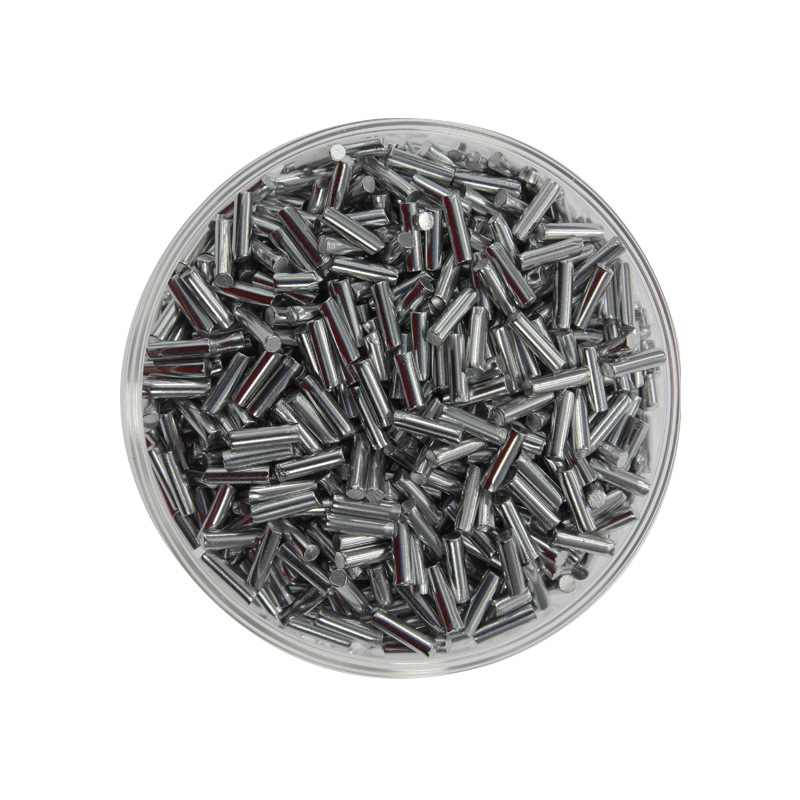
- Lightweight: Offers a lower density compared to pure metals, ideal for weight-sensitive applications.
- High Strength: Provides robust mechanical properties, suitable for demanding environments.
- Corrosion Resistance: Exhibits good resistance to oxidation, enhancing the longevity of coated materials.
-
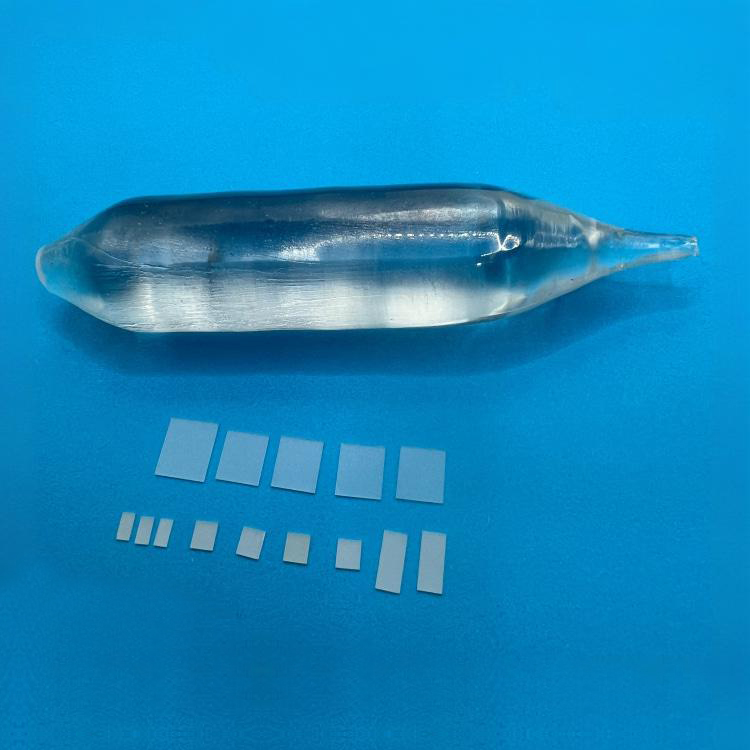
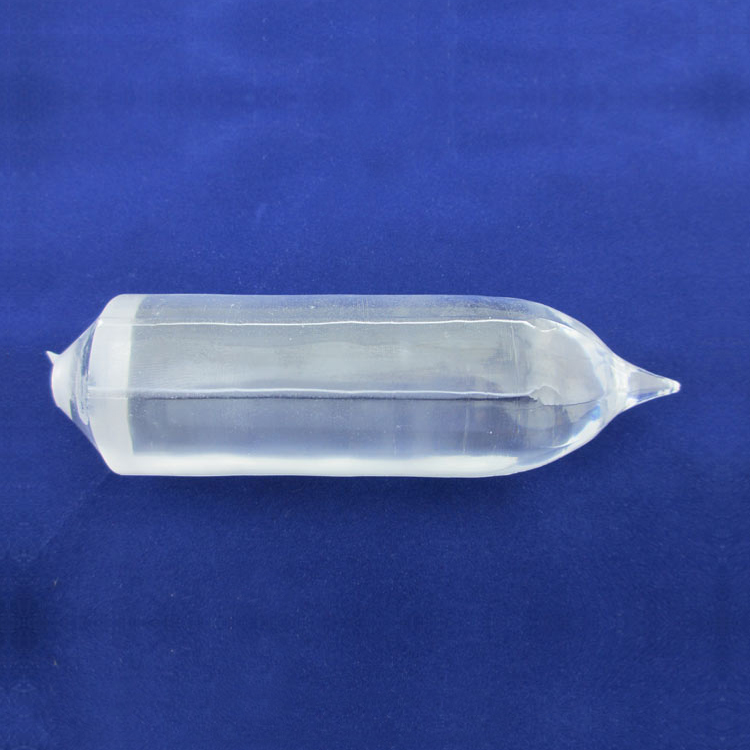
- High Thermal Stability: Suitable for high-temperature environments and laser operations.
- Excellent Mechanical Strength: Durable and resistant to cracking during processing.
- Broad Optical Transparency: Ranging from ~230 nm to 5.5 μm.
- Low Thermal Expansion Coefficient: Reduces thermal stress during device fabrication.
- High Refractive Index: Beneficial for optical and laser device efficiency.
- Good Chemical Resistance: Stable against most acids and alkalis under normal conditions.
- Low Dielectric Loss: Suitable for microwave and RF applications.
- Efficient Host Crystal: Ideal for rare-earth doping for laser crystals (e.g., Nd:YAP lasers).
-
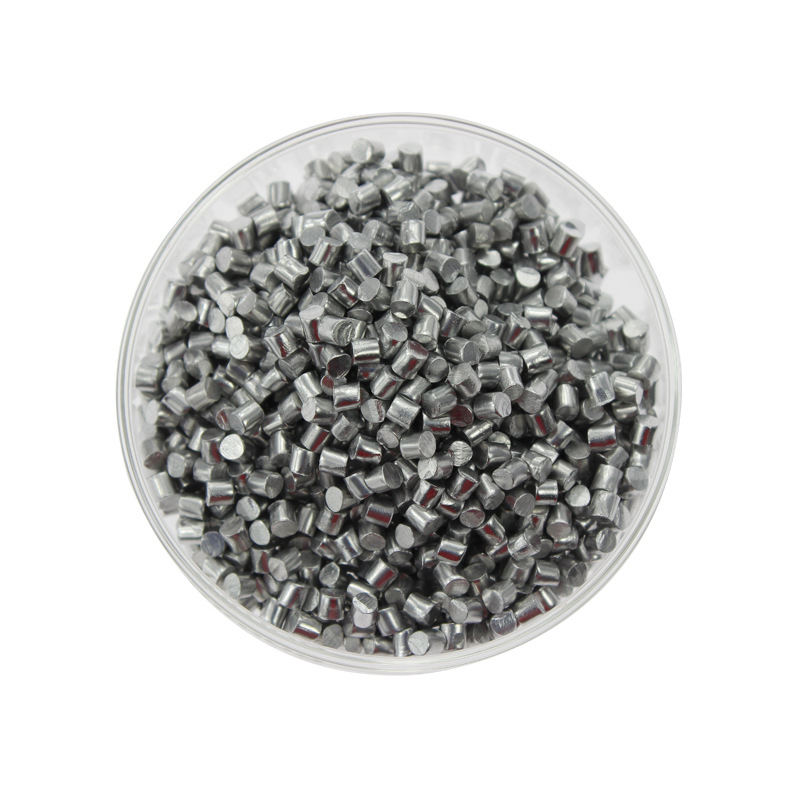
- Corrosion Resistance: Provides superior protection against oxidation and moisture.
- Good Electrical Conductivity: Ensures efficient performance in electronic applications.
- Lightweight: The alloy’s low density makes it ideal for applications where weight is a concern.
